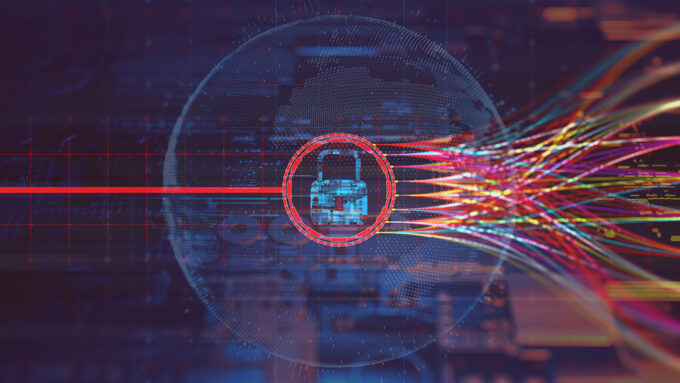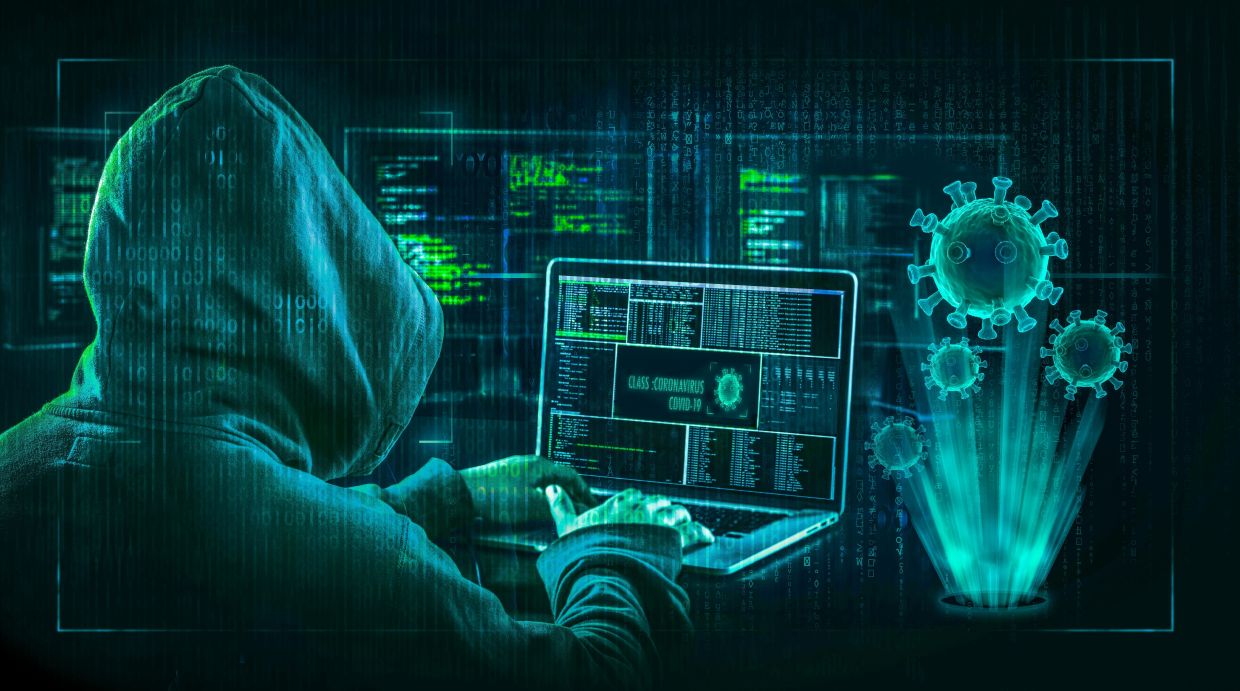In today’s digital era, cybersecurity is more than a buzzword; it’s a crucial bastion of defense in our interconnected world. The importance of this field cannot be overstated, as it guards against a myriad of cyber threats that evolve continuously.
This blog post aims to demystify the realm of cybersecurity, focusing on the essential elements of certainty and speed in defense strategies. By the end of this discussion, readers will gain a comprehensive understanding of how to effectively combat cyber threats, ensuring their digital safety in an increasingly vulnerable cyber landscape.
Understanding Cyber Threats
Cyber threats are essentially malicious activities that target computer networks, systems, and data. They come in various forms, such as viruses, malware, ransomware, phishing, and more. These threats are designed with the intent to steal, disrupt, or damage important data and can lead to significant financial and reputational damage for individuals and organizations alike.
Understanding the nature and variety of these threats is fundamental in developing effective cybersecurity measures. It’s crucial to be aware that these threats are not just technical challenges but also involve psychological tactics like social engineering, making them more complex and dangerous.
The Need for Certainty

Being certain about cyber threats means having a clear and accurate understanding of the risks and vulnerabilities that one might face. In the cyber world, uncertainty can be disastrous, leading to inadequate defenses, overlooked vulnerabilities, and ultimately, successful attacks. This can result in severe consequences like data breaches, financial losses, and damage to reputation.
A robust cybersecurity strategy is founded on the certainty of knowledge – knowing exactly what threats exist, how they operate, and how they can impact your organization. This knowledge enables you to tailor your defenses precisely, ensuring that they are effective and appropriate for the specific threats you are facing.
Part of that certainty begins with preparedness. Cybersecurity technologies are increasingly sophisticated, to give organizations clear visibility of the threat landscape they face every day. Advanced tools like the TITAN Cyber Threat Intelligence Platform provide users with real-time alerts, enable proactive threat searching and pivoting, and integrate with other platforms using API.
The Need for Speed

Speed is a critical factor in defending against cyber threats. Cyber attacks can spread rapidly and cause extensive damage in a short period. Therefore, a swift response is vital to mitigate these risks. The faster an organization can detect, identify, and respond to a cyber threat, the less the impact it is likely to have.
This requires not only advanced technology and tools for quick detection but also well-prepared teams who can act promptly and effectively. In the digital age, where every second counts, the ability to respond quickly to a cyber incident can be the difference between a minor disruption and a major crisis.
Regular Software Updates
Regular software updates are a fundamental aspect of cybersecurity. Software developers often release updates to patch vulnerabilities that could be exploited by attackers. By keeping software up-to-date, individuals and organizations can significantly reduce their risk of being compromised.
These updates often include vital security patches that address newly discovered threats and weaknesses. Neglecting software updates is akin to leaving the digital door open for attackers. It’s essential to enable automatic updates or regularly check for updates to ensure that all software is running the latest, most secure version.
Strong Password Practices

The importance of strong password practices cannot be overstated in cybersecurity. Passwords are often the first line of defense against unauthorized access. Strong, unique passwords make it significantly harder for attackers to gain access to systems and data. Tips for creating strong passwords include using a mix of letters, numbers, and symbols, avoiding common words and phrases, and not reusing passwords across multiple accounts. Additionally, consider using a password manager to keep track of complex passwords and enable two-factor authentication (2FA) wherever possible for an added layer of security.
Use of Antivirus Software
Antivirus software plays a crucial role in defending against various cyber threats. It acts as a sentinel, scanning for and removing malicious software that could compromise a system. Using reputable antivirus software is essential for both individuals and organizations.
These programs are regularly updated to counteract the latest threats and provide real-time protection. They can detect and eliminate viruses, malware, and other threats before they cause harm. Choosing the right antivirus software requires research, as different software may offer varying levels of protection and features suited to different needs.
Employee Training

Employees are often the first line of defense against cyber threats. Regular training and awareness programs are essential in equipping them with the knowledge and skills to recognize and respond to cyber threats effectively. This includes training on identifying phishing emails, safe internet practices, and handling sensitive information.
Employees who are well-informed about the potential risks and the importance of cybersecurity can play a pivotal role in preventing cyber attacks. Organizations should invest in ongoing training and create a culture of security awareness among their workforce.
Network Security
Network security is a critical aspect of defending against cyber threats. It involves protecting the underlying networking infrastructure from unauthorized access, misuse, malfunction, modification, destruction, or improper disclosure. Practices like using firewalls, implementing intrusion detection systems, and encryption are fundamental in securing a network.
Firewalls act as a barrier between your internal network and external threats, while encryption ensures that even if data is intercepted, it remains unreadable. Ensuring network security is a complex task that involves a combination of technology, processes, and policies.
Incident Response Plan

Having a well-defined incident response plan is crucial in managing and mitigating the impact of cyber attacks. This plan outlines the procedures to follow when a cyber incident occurs, ensuring a quick and effective response. Key components of an incident response plan include identification of key roles and responsibilities, steps for containing and eradicating the threat, and procedures for recovering from the incident. The plan should be regularly reviewed and updated to reflect the evolving cyber threat landscape and should be practiced through regular drills and simulations.
Data Backup and Recovery
Data backup and recovery are vital components of a comprehensive cybersecurity strategy. Regular backups ensure that in the event of a cyber attack, such as ransomware, critical data can be recovered without paying a ransom. Effective backup strategies include regularly backing up data to multiple locations, including cloud and physical storage. Moreover, having a robust recovery plan enables organizations to restore operations quickly, minimizing downtime and mitigating the impact of a cyber attack.
Conclusion
Tackling cyber threats requires a multifaceted approach that includes understanding the nature of threats, ensuring certainty in defense strategies, and responding with speed. Regular software updates, strong password practices, the use of antivirus software, employee training, network security, a solid incident response plan, and robust data backup and recovery strategies are all essential components in building a resilient cybersecurity posture. By prioritizing these aspects, individuals and organizations can significantly enhance their defense against the ever-evolving landscape of cyber threats.











